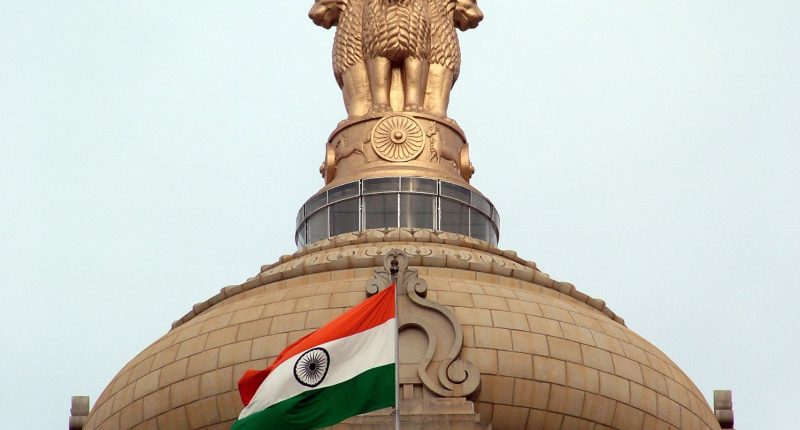The digital rupee is apparently on its way, as the Reserve Bank of India (RBI) has announced that it is currently planning on going forward with a “phased implementation strategy,” for a Central Bank Digital Currency (CBDC), and might also conduct pilot projects for the same in the near future, in a bid to assess their use and effects in both, wholesale and retail. The news was announced the RBI’s Deputy Governor, T Rabi Shankar, on Thursday.
However, before these pilot studies and implementations become a reality, the central bank will first be carrying out thorough examinations into a number of key issues, from the technology underlying digital currency, to the architecture that needs to be set up in order to provide for its proper distribution. The latter issue pertains to whether only the RBI will be in-charge of issuing the bills, much like the minting of actual Indian currency notes, or if other banks will also be given the authority to issue them. The degree of anonymity offered to the users of digital currency will also be considered.
Sankar revealed the information at a seminar organized by Vidhi Centre for Legal Policy, a public policy think tank. He said that the time for CBDCs may be near, as “every idea will have to wait for its time.” He further added that the RBI still doesn’t consider cryptocurrency (which are another type of virtual currency) as “money,” and certainly doesn’t treat them as “currency.”
For those who are wondering, CBDC is a type of virtual currency that is issued by a Central Bank, and which generally remains stable in terms of value, since it is backed by the governmental reserves. This is what sets it apart from crypto, which usually remains highly volatile as regards to market value. Elaborating on his stance over crypto like Ethereum and Bitcoin, Sankar said, “If these VCs [virtual currencies] gain recognition, national currencies with limited convertibility are likely to come under threat.”
He also went ahead to discuss some of the risks that using digital currency could bring with itself, putting special emphasis on the “disintermediation” of the banking sector, along with other technological risks. He said, “CBDC ecosystems may be at similar risk for cyber-attacks as the current payment systems are exposed to…Ensuring high standards of cybersecurity and parallel efforts on financial literacy is therefore essential for any country dealing with CBDC.”
And that’s not all. Before India even comes up with its own version of the digital rupee, it needs to set up a legal framework for its use, because the current legal scenario has been designed keeping in mind the conventional currency notes. On this, Sankar said, “There is a need to examine consequential amendments to other Acts like The Coinage Act, 2011, FEMA, 1999, Information Technology Act, 2000 etc. Even though CBDCs will be a primarily technology driven product, it will be desirable to keep the legislation technology neutral to enable coverage of a variety of technology choices.”
